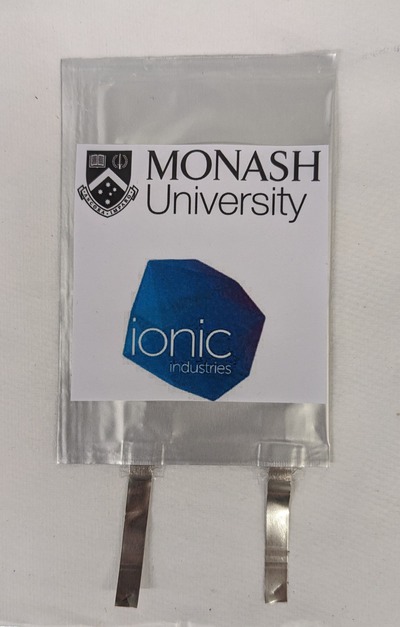Supercapacitor tech outperforms batteries in power delivery

Engineers have made a major leap forward in the race to build energy storage devices that are fast and powerful — paving the way for next-generation applications in electrified transport, grid stabilisation and consumer electronics.
In a study published in Nature Communications, the researchers revealed a new kind of carbon-based material that allows supercapacitors to store as much energy as traditional lead-acid batteries, while delivering power far faster than conventional batteries can manage.
Supercapacitors are an emerging class of energy storage device that stores charge electrostatically, rather than through chemical reactions like batteries. Until now, a major barrier has been that only a small fraction of the carbon material’s surface area — essential for storing energy — was accessible for use.
Professor Mainak Majumder, Director of the ARC Research Hub for Advanced Manufacturing with 2D Materials (AM2D), based in Monash’s Department of Mechanical and Aerospace Engineering, was a member of the research team.
“Our team has shown how to unlock much more of that surface area by simply changing the way the material is heat-treated,” Majumder said.
“This discovery could allow us to build fast-charging supercapacitors that store enough energy to replace batteries in many applications, and deliver it far more quickly.”
The secret lies in a new material architecture developed by the team, called multiscale reduced graphene oxide (M-rGO), which is synthesised from natural graphite — an abundant Australian resource.
Using a rapid thermal annealing process, the researchers created a highly curved graphene structure with precise pathways for ions to move quickly and efficiently. The result is a material that offers both high energy density and high power density in a single device.
Dr Petar Jovanović, co-author of the study, said when assembled into pouch cell devices, the Monash supercapacitors delivered:
- Volumetric energy densities of up to 99.5 Wh/L (in ionic liquid electrolytes)
- Power densities as high as 69.2 kW/L
- Rapid charging capabilities with excellent cycle stability.
“These performance metrics are among the best ever reported for carbon-based supercapacitors, and crucially, the process is scalable and compatible with Australian raw materials,” Jovanović said.
Dr Phillip Aitchison, a co-author of the study, said the technology is now being commercialised.
“We are now making commercial quantities of these graphene materials; we’re working with energy storage partners to bring this breakthrough to market-led applications — where both high energy and fast power delivery are essential,” Aitchison said.
Computer hardware advance solves optimisation challenges
A new hardware advance could redefine how industries solve large-scale optimisation challenges,...
‘Microwave brain’ chip for ultrafast, wireless computing
Researchers have developed a low-power microchip called ‘microwave brain’ — a...
Monash University unveils AI research supercomputer
Monash University has revealed the development of an advanced AI supercomputer, as part of a...






